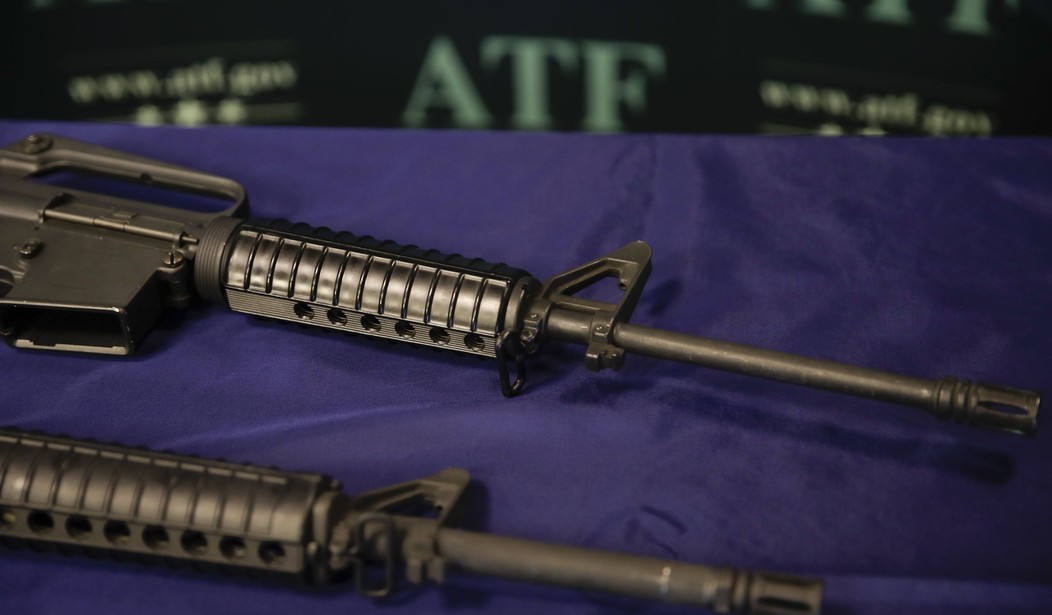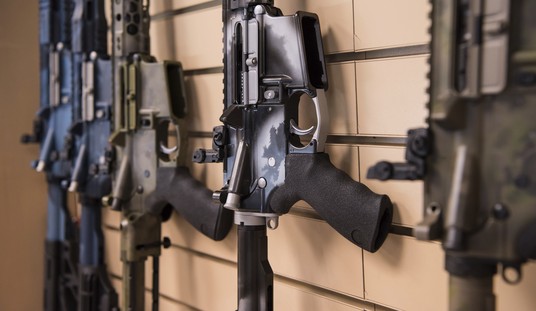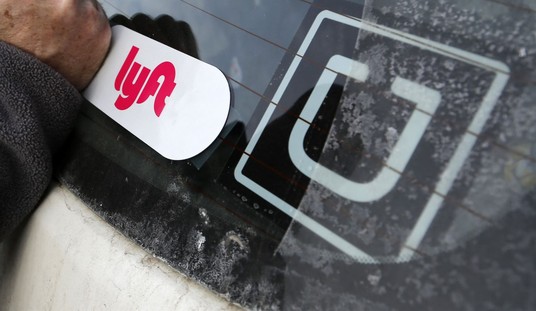When the term "ghost gun" first started floating around, we laughed. After all, we understand how gun tracing works and we know that any benefit from it evaporates after the first time a firearm is sold to another person. We also knew that people have been building their own firearms for centuries in this country; from before it was even "this country."
But then the term started catching on with the media and applied to pretty much any unserialized firearm.
Now, the ATF is telling the media that there is an increase in recoveries of these weapons, but there's a problem. A couple of them, actually.
Unknown to Belton at the time, the gun that killed his daughter was a ghost gun — a street name for a weapon without a serial number. The Bureau of Alcohol Tobacco and Firearms (ATF) refers to ghost guns as privately made firearms, or PMFs.
InvestigateTV found that when Belton was killed, she joined hundreds of other victims of homicides and attempted homicides in which the weapons used were untraceable. Despite the proliferation of these weapons from coast to coast, InvestigateTV found there’s a lack of uniform reporting on ghost guns and some agencies said that they are not tracking that data at all....
The ATF said that this is a problem that they have watched explode in recent years.
Agency data shows that from Jan. 1, 2016, through Dec. 31, 2021, nearly 45,240 suspected PMFs were reported to the ATF as having been recovered by law enforcement from potential crime scenes. Those recoveries included 692 homicides or attempted homicides. In 2016, there were 1,758 PMFs recovered. In 2021, there were 19,344.
to use
“I would say we’ve seen a 1,000% increase, and I’m being conservative on that over the last five to eight years in recoveries,” Hansen said.
Hey, hard numbers for a change.
Of course, as noted above, not every agency tracks privately made firearms at all, but these are the numbers we have to work with, and that is that there were 19,244 PMFs recovered in 2021.
That's out of 360,160 total "crime guns" the ATF traced that year. That's just 5.4 percent of total firearms.
So yeah, it's a 1,000% increase, sure, but it's still only a tiny fraction of the total number of firearms recovered and traced by the ATF. While some agencies aren't reporting privately made firearms at all, it's unlikely that it's enough to raise the total percentage all that much.
See, one of my biggest issues with the whole "ghost gun" debate is that lots of raw numbers are thrown around, but there's absolutely no context given. That's because if you see that this doesn't account for most of the violent crime issue, it's not going to be a priority for the American voters. They're not going to support policies that impact less than 6 percent of guns that are recovered from criminals when clearly there are bigger issues.
Plus, something that absolutely none of these reports do is illustrate how this is the only path for criminals to get guns.
Yes, some very bad people make their own firearms. Others make guns just to sell to those very bad people. However, would these very bad people get a gun if no one had ever made a so-called ghost gun? Well, yeah.
We know that criminals have a number of paths to get a firearm illegally. They typically obtain stolen guns, either by stealing them directly or by purchasing them from another party.
So for all the hand-wringing on "ghost guns," the truth of the matter is that they're not the problem. They were never the problem. The issue is that there are people who do bad things. Shocking, I know.
When there are lives lost to people who use a privately made gun, they're a tragedy. However, it's foolish to think that if one of these guns hadn't existed, then there wouldn't have been any loss of life.
That's just not how it works.








Join the conversation as a VIP Member